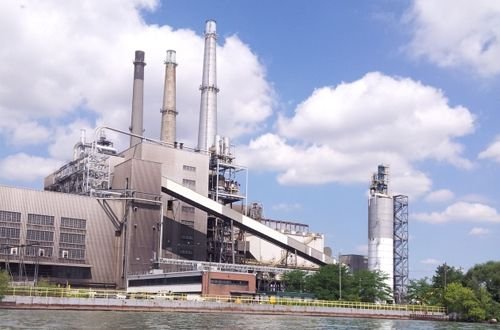Thermal power plants are heavy users of water, with an average water consumption of 1.5 to 1.64 m³/s per million kilowatts. The wastewater from thermal power plants mainly includes three aspects: industrial wastewater, ash water, and domestic wastewater. Among them, ash water is a more serious source of pollution in the discharged wastewater.
Power plant ash water refers to the wastewater generated by the wet desulfurization process. The main indicators that exceed the discharge standards in ash water are pH value, suspended solids, and fluoride concentration, and some power plants also contain heavy metals such as arsenic. The types and concentrations of pollutants in ash water are greatly influenced by the type of coal, combustion method, and desulfurization method.
There are two systems for ash water treatment: open-loop and closed-loop circulation. Open-loop treatment is an earlier method used for ash water treatment. A large area is used as an ash storage yard, where dams are built to intercept and store the ash water, allowing the fly ash to settle naturally, with some water evaporating and some infiltrating underground. The disadvantage of open-loop treatment is its large land occupation, severe environmental pollution, and difficulty in recycling water.
The closed-loop circulation system for ash water can better address the environmental pollution caused by ash water, especially suitable for water-deficient areas where ash water can be recycled. The process involves concentrating ash water in a concentration tank, with the overflow water from the top entering the clarifier, where coagulation, precipitation, and clarification take place, and the filtered clean water flows into the recovery tank for reuse. Vacuum filtration machines are commonly used for filtering ash water.

